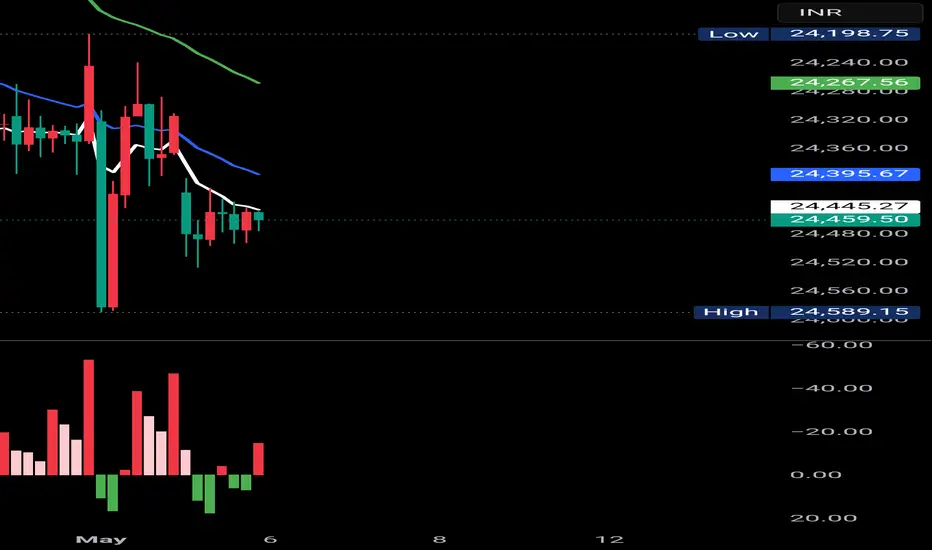A mind indicator is a structured, quantifiable measure of a trader’s emotional and cognitive state—treated much like any technical indicator on a chart. Instead of price, volume, or momentum, it tracks internal variables such as stress, confidence, impulsivity, and bias. By plotting these metrics over time, traders can visualize their mental “terrain” alongside market action.
---
Why Mind Indicators Matter
1. Visibility of the Invisible
Emotions and biases are inherently subjective and often go unnoticed in the moment. A mind indicator brings them into the light as data.
2. Objective Self-Awareness
Just as traders rely on objective rules for entries and exits, a mind indicator supplies an objective gauge of readiness, discipline, and mental clarity.
3. Early Warning System
Spikes in stress or greed metrics can preempt rule-breaking behavior—akin to an overbought oscillator signaling a potential price reversal.
4. Edge Preservation
Mechanical systems lose their statistical edge when executed emotionally. Mind indicators help ensure that trades are only taken when both the system and the trader’s psychology are aligned.
---
Key Components of Mind Indicators
Self-Rating Scales
Traders rate their current emotional state on a simple scale (e.g., 1–5 for calm to anxious).
Behavioral Counters
Tracking counts of rule violations, impulsive entries, or “revenge” trades within a session.
Session Metrics
Monitoring trade frequency, average hold time, and time since last break to reveal fatigue or overtrading.
Cognitive Bias Flags
Logging occurrences of known biases (anchors, confirmation bias, recency bias) to see how often they coincide with mistakes.
---
What Everyone Should Know About Mind Indicators
1. They Are Not “Soft”—They’re Data
By assigning numbers to feelings and behaviors, mind indicators convert fuzzy, emotional information into hard, analyzable data.
2. Alignment Is Crucial
The true benefit comes when a positive mind-indicator reading aligns with a valid technical setup; divergence signals caution.
3. They Require Honesty
Self-assessments only work if traders rate themselves truthfully. Over- or underestimating your state skews the indicator.
4. They Reveal Patterns Over Time
Consistent logging uncovers whether certain market conditions (e.g., high volatility) reliably spike stress or induce bias.
5. They Highlight Personal Vulnerabilities
Every trader has unique psychological pitfalls—mind indicators can pinpoint whether you’re more prone to fear, greed, overconfidence, or another bias.
6. They Are Platform-Agnostic
Whether through a spreadsheet, journal, or integrated chart overlay, the principle remains: make your mind visible.
---
Importance and Impact
Consistency Boost
Traders who monitor their mind indicators tend to stick more faithfully to their rules, leading to steadier performance.
Emotional Resilience
By recognizing stress or fatigue early, traders can avoid burnout and maintain long-term focus.
Bias Mitigation
Tracking biases quantitatively makes it easier to spot recurring cognitive traps and reduce their influence.
Process Transparency
Reviewing both market data and mind-indicator data in tandem offers a fuller picture during performance reviews, making “why” a trade went right or wrong much clearer.
---
Understanding mind indicators transforms trading from a purely external analysis of markets into a holistic practice that accounts for the trader’s own internal landscape. They turn mental factors—once hidden and erratic—into consistent, actionable data, making self-awareness a core part of any robust trading methodology.
면책사항
이 정보와 게시물은 TradingView에서 제공하거나 보증하는 금융, 투자, 거래 또는 기타 유형의 조언이나 권고 사항을 의미하거나 구성하지 않습니다. 자세한 내용은 이용 약관을 참고하세요.
면책사항
이 정보와 게시물은 TradingView에서 제공하거나 보증하는 금융, 투자, 거래 또는 기타 유형의 조언이나 권고 사항을 의미하거나 구성하지 않습니다. 자세한 내용은 이용 약관을 참고하세요.
